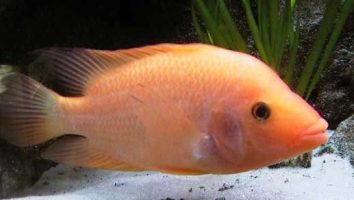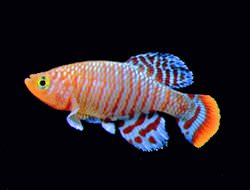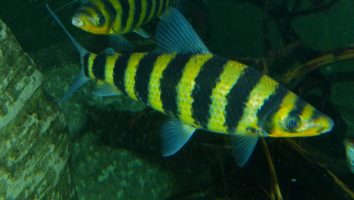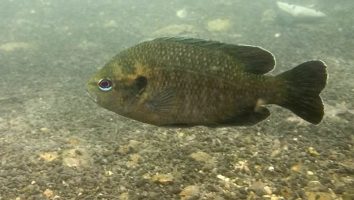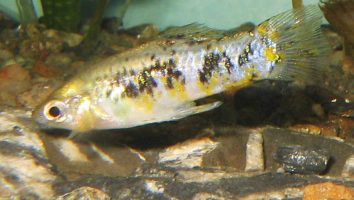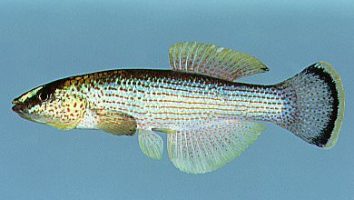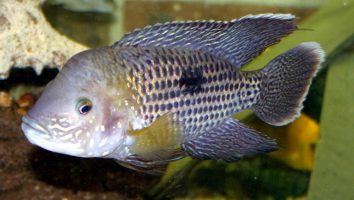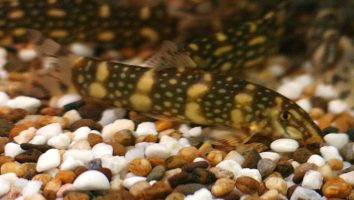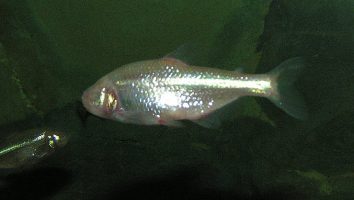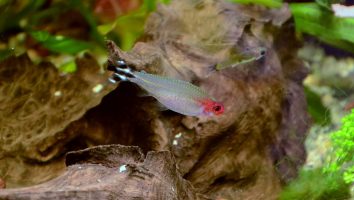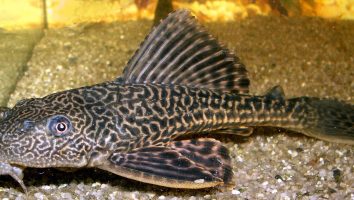The Emperor Tetra (Nematobrycon palmeri) is a freshwater fish that’s native to the rivers of Costa Rica.
This little beauty is a peaceful fish that’s perfect for community tanks. They’re also easy to care for, which makes them a great choice for beginner fishkeepers.
But even though they’re easy to care for, there are still a few things you need to know to make sure your Emperor Tetra are happy and healthy.
In this guide, we’ll teach you everything you need to know about Emperor Tetra care. You’ll learn about their diet, tank size, lifespan, and more!
Table of contents
Species overview
Emperor tetras (Nematobrycon Palmeri) are found in the Pacific drainages of Costa Rica and Panama.
They prefer blackwater rivers with very little current and a lot of vegetation. This environment is similar to that of the Ember tetra, so you’ll want to replicate it in their tank as well.
Emperor tetras are peaceful and can be compatible with a wide variety of tank mates. They are a little more shy than Ember tetras, so you’ll want to make sure their tank has plenty of hiding places.
The main draw of the Emperor tetra is its bright blue color. This really makes them stand out in most freshwater nano aquariums and means this fish will likely be a popular choice for years to come.
Appearance
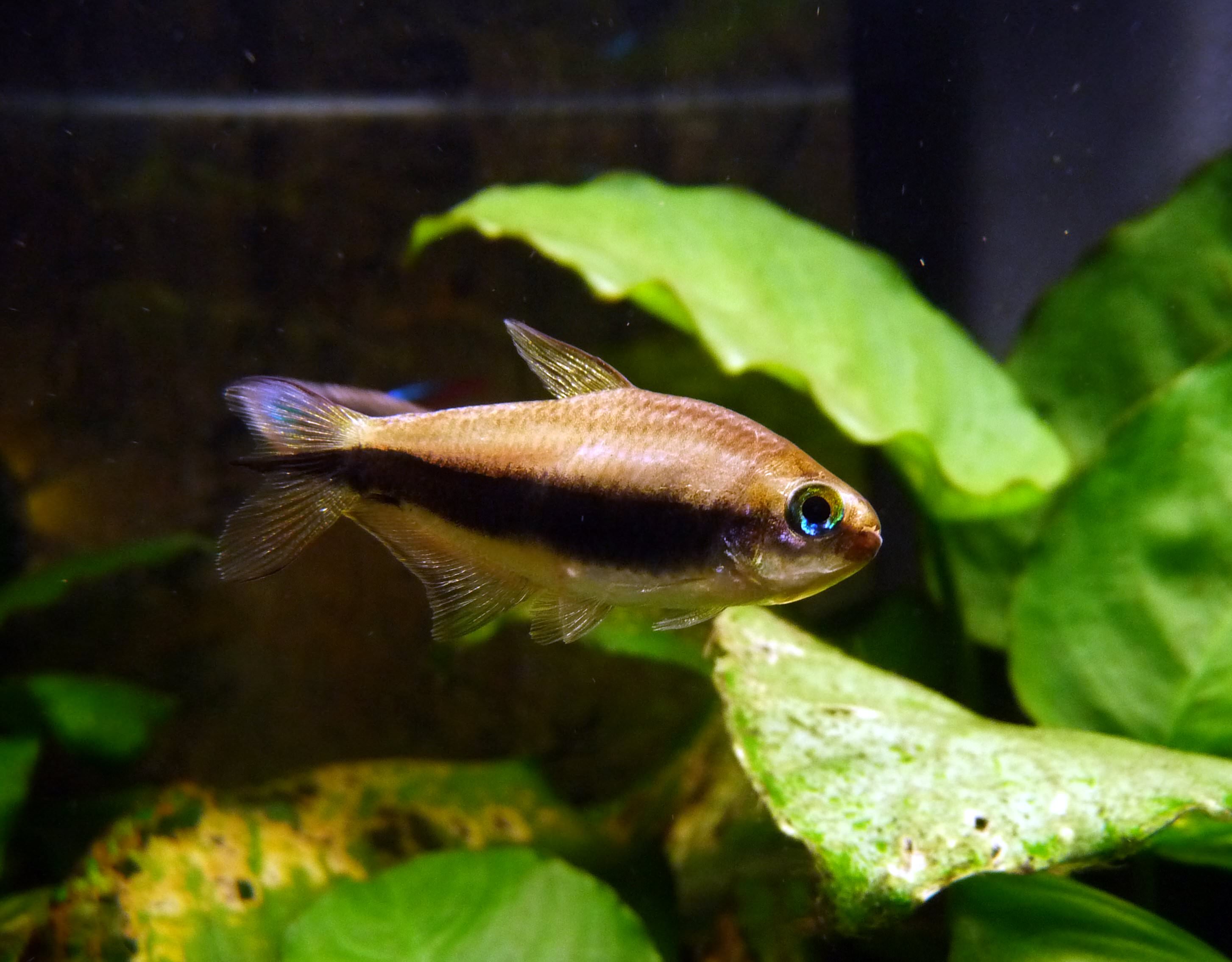
The Emperor Tetra is a very beautiful freshwater fish that is popular in the aquarium trade. As the name suggests, these fish are mostly a deep blue color.
However, there is a bright orange stripe that runs from the gills all the way to the base of the tail. This stripe is very noticeable and really makes these fish stand out.
The blue coloration on these fish can vary a bit. Some fish have a more navy blue color while others are closer to royal blue.
The fins on these fish are mostly transparent with a slight blue tint. The dorsal fin is tall and thin and starts about two-thirds of the way back on the body.
The caudal fin is forked and the same height as the dorsal fin. The anal fin is similar to the dorsal fin but a bit shorter.
The pectoral fins are also fairly tall and thin. Emperor Tetras have a long and thin body that is shaped like a torpedo. This gives them a very streamlined appearance.
Lifespan
Emperor tetras have a lifespan of around 5 to 8 years. Once again, this number can change based on how well they’re cared for.
These fish are very sensitive to changes in their environment. Even small fluctuations can cause stress which will lead to a shortened lifespan.
You can help your emperor tetras live a long and healthy life by providing them with a stable environment and plenty of hiding places. A good diet is also important to their health and longevity.
Size
Emperor tetras are a relatively small fish, only growing to be about 2.5 inches in length when fully mature. As a result, they don’t need a ton of space to swim and can be kept in smaller tanks.
Tank
Tank Size
The minimum tank size for emperor tetras is 30 gallons. If you want to keep a school of these fish, you should add an additional 10 gallons of water per fish.
Emperor tetras are a peaceful fish that do best in groups, so we recommend keeping them in a school of at least six fish.
Water Parameters
The emperor tetra (Nematobrycon Palmeri) is a freshwater fish that’s native to the Biobio River Basin in Chile. In the wild, they can be found in slow-moving streams and rivers with dense vegetation.
Given their natural habitat, it’s no surprise that emperor tetras prefer warm water with a neutral to slightly acidic pH. They’re also relatively tolerant of water hardness, which makes them a good choice for aquarists with harder water.
Here are a few basic water parameters to help create a healthy environment for your emperor tetras.
- Water temperature: 68 to 77 degrees Fahrenheit
- pH levels: 6.0 to 7.5
- Water hardness: 2 to 15 dGH
- Alkalinity Levels: 4-8 dKH
What To Put In Their Tank
When it comes to setting up a freshwater aquarium for emperor tetras there are a few key things that you need to take into account.
The first is the size of their tank. These fish can grow to be about 3-4 inches in length, so you need to make sure you have enough room for them to swim around comfortably. A 20-gallon tank is the minimum size we recommend, but bigger is always better.
The second thing you need to consider is the water conditions in their tank. Emperor tetras come from slow-moving rivers in South America so they’re used to fairly warm and soft water.
You’ll need to use a heater to maintain a temperature around 75-80 degrees Fahrenheit and a water softener to bring the hardness of your tap water down.
As for the inside of their tank, these fish prefer a fairly dim environment. That means you shouldn’t use too many bright colors when decorating their home.
Instead, go with dark gravel and use plants that don’t need a lot of light to survive. Driftwood is always a good choice, and you can even add a cave or two for them to hide in.
Common Diseases
Emperor tetras are a pretty hardy species of fish. They’re not particularly susceptible to any specific diseases, but like all other freshwater fish they can still fall ill from time to time.
The most common disease that these fish experience is ich. This is a parasitic infection that will show itself as white spots on the body, fins, and gills of your fish.
If left untreated, ich can be deadly. However, it’s usually not too difficult to treat if you catch it early.
Other potential diseases include bacterial infections, fungal infections, and parasites. These are all fairly common in the fish world but thankfully they’re usually not too difficult to treat.
Once again, the best way to prevent your fish from getting sick is to maintain a clean and stable tank. This will help to keep your fish healthy and reduce the chance of them contracting any diseases.
Behavior & Temperament
The emperor tetra is a peaceful little fish that does well in groups. In the wild, they live in shoals of around 20 fish. So, if you’re keeping them in captivity, it’s best to have at least six of them. This will help reduce their stress levels and make them feel more comfortable.
These fish are relatively active and love to swim around. They’re not shy, so they’ll explore every inch of their tank. This includes the middle and top levels of the water column, as well as the substrate and vegetation.
Emperor tetras are omnivores, so they’ll eat just about anything. In the wild, their diet consists of small insects, crustaceans, and plant matter. In captivity, they can be fed a variety of foods, including pellets, flakes, live food, and frozen food.
Overall, emperor tetras are peaceful, hardy fish that make a great addition to any community tank.
Tank Mates
Emperor tetras are peaceful fish that do well in community tanks. They’re not overly active, so they won’t bother their tank mates too much.
These fish are also pretty small, so they can get along with other species that occupy different parts of the water column.
When choosing emperor tetra tank mates, look for fish that are similar in size and temperament. Some good options include:
- Neon Tetras
- Cardinal Tetras
- Black Neon Tetras
- White Cloud Mountain Minnows
- Rummy Nose Tetras
- Congo Tetras
- Flame Tetras
Breeding
Emperor tetras are one of the most beautiful freshwater fish species. They’re also one of the hardest to breed in captivity.
This species is very picky about their environment. They need a large tank with plenty of hiding places. The water should be soft and acidic. The temperature should be between 77 and 82 degrees Fahrenheit.
You’ll also need to use a breeding trap. This is a special device that allows you to separate the fry from the adults.
When everything is in place, you can start to add the fish. The ratio should be two males for every female.
The males will start to chase the females around. Once the females are ready to spawn, they’ll lay their eggs on plants or other surfaces in the tank.
The male will then fertilize them.
Once the eggs are laid, remove the adults from the tank. The eggs will hatch in about 24 hours.
The fry are very small and need special care. They need to be fed live foods like baby brine shrimp. You’ll also need to do daily water changes to keep the water quality high.
With some patience, you should be able to successfully breed emperor tetras.
Conclusion
The Emperor Tetra is a beautiful freshwater fish that is perfect for beginner aquarists. They are easy to care for and are very peaceful, making them a great addition to any community tank.
If you’re looking for a stunning fish that is also low maintenance, the Emperor Tetra is a great choice for you.

